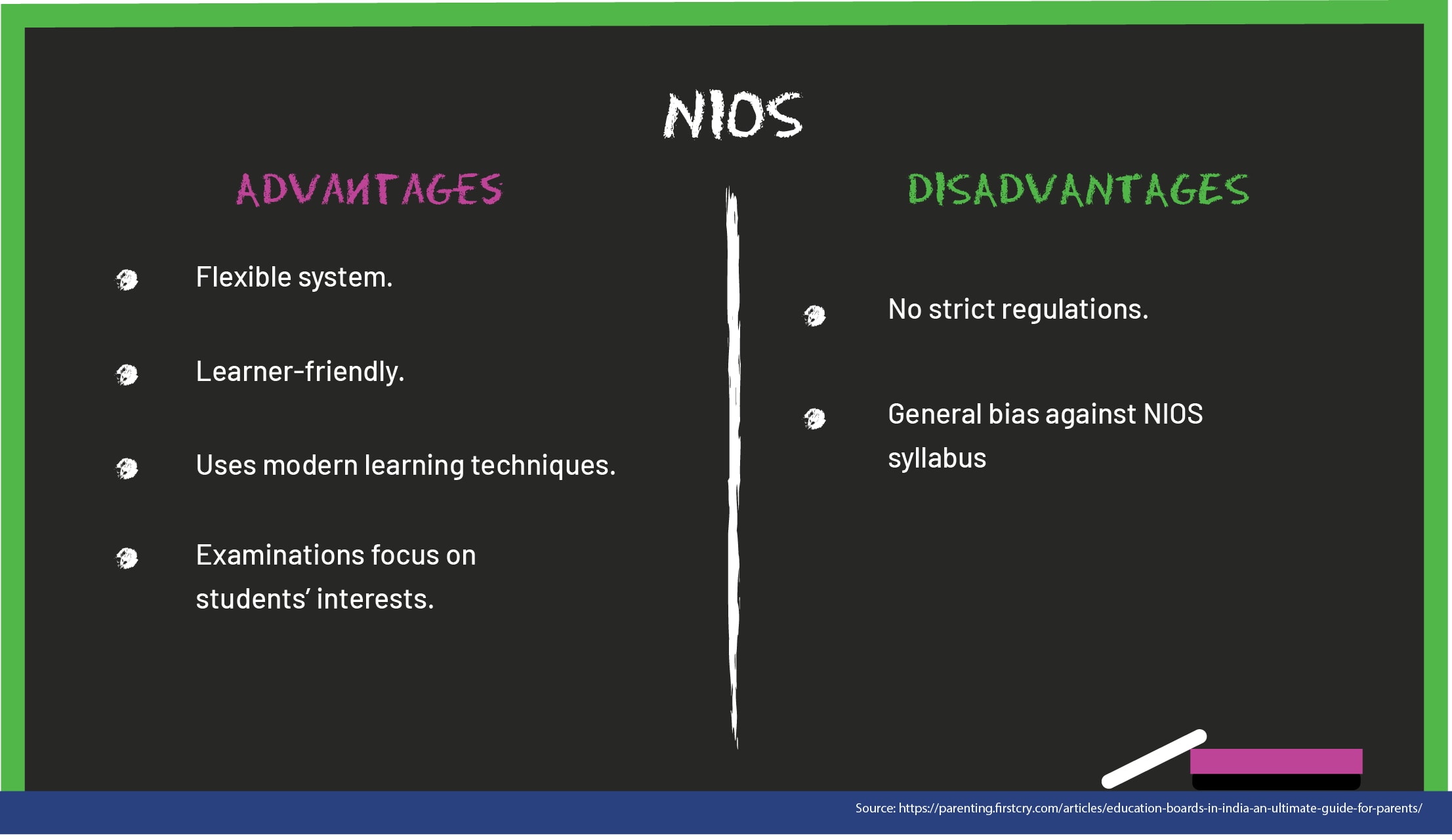The curtains fell on the second season of Out of the Box with Beyond 8 this October. In our penultimate episode of the season, we spoke about two important parameters to look out for while looking for the right high school for your child: teaching and curriculum.
Curriculum merely influences the planning and preparation mechanism that learners must undergo before “appearing for an examination”. Subsequently, we will all agree that a curriculum has a narrow focus on providing the next “recognized” step in a learner’s journey.
Dr Gayathri Deepak, Founder Director of Chetana with doctoral research in the field of Curriculum and Cognitive Development, helps us to demystify and understand the scope of each curriculum. While Dr Gayathri takes us through the differences between each curriculum, she also talks about the changing role of a teacher in today’s world.
The blind truth about school curricula
Usually, schools follow a written curriculum, but the ones that stand out are schools that conceptualize their own curriculum. In the session, Dr.Gayathri talks about the Hidden and Null Curriculum in schools: several gender biases are hidden in the context of the curriculum for impressionable children to consume. She believes stereotypical norms exist in schools, where the history of one’s state is not being talked about in their lessons and lessons on the most natural biological processes such as reproduction are censored. On the other hand, the null curriculum excludes topics that could or should be done.
What should a parent look for in a curriculum?
The common myth among people is that curriculum and exams go hand in hand, but it’s not in reality. Every parent should take time and research on the type of curriculum a school has rather than choosing it because of peers. Dr Gayathri says “in a family with two children, it is completely okay to send both to different schools based on what kind of curricula suits a specific child”
Parents should look for the Mission Statement of any school they are trying to get their child into. There are various boards from ICSE, CBSE to NIOS, and IGCSE and each has its own merits. She urges parents to have a keen eye on what the board enables the child, their choices, values. They have to keep a check on what metrics a child’s performance is being assessed and also about the co-curricular activities that children take up. She strongly believes that the curriculum is not defined by the amount of content it offers. Boards encouraging the involvement of students with communities is also important and parents should lookout for those.

A school is essentially as good as its teachers
Dr.Gayathri lays great emphasis on the teaching staff of a school: even in learner-centric systems, a teacher still remains the most influential figure that influences students to reach their goals.
Traits of good teachers
With the right kind of guidance, a learner can blossom and grow exponentially. When a teacher becomes less of an authoritarian and more of a co-learner, students tend to display the ability to learn new methods. Resilience and empathetic communication with students have become important attributes for teachers in the new normal.
Teachers are often under the critical lens of parents and often great expectations are placed on their shoulders. Parents must allow them time to create a bond and rapport with their children. This patience and empathy towards the efforts of the teacher will prove to be fruitful and beneficial for all parties in the future. Parents can also support teachers by giving them insights into their child’s innate personality and behavior. Especially during the pandemic, it will be helpful for a teacher to know the learner’s personalities inside out. This way, she/he can adjust expectations of each child’s ability to communicate. At all costs, we must try to avoid viewing children as ones that check off all boxes on a list of expectations.
A new way of assessment for the new normal
The pandemic has set teachers up for a challenge: assessing their students at a time when learning has gone completely virtual. Dr.Gayathri explains that a learner-centric approach to teaching could be a good way forward as it is easier to customize learning. Below are a few tips she shares on assessing children during remote learning:
- Observe the child’s actions closely
- Varieties of learning styles offered in class
- Interest and ability of the students
- Post-class discussions in the breakout rooms for better clarity
- A child’s freedom to choose the activity they want to participate in
- The overall pattern of assessment should be known to children
In essence, the beautiful thing about learning is that nobody can take it away from you. A child enjoying the whole learning process without being overwhelmed is what parents and educators should strive for. Whichever curriculum one chooses, it should provide more reasons for one’s child to feel successful rather than defeated by it. Similarly, we must aspire to find a high school that has a teaching staff that plays the role of enablers and facilitators of every child’s unique learning journey.
Watch the entire recording of the session on our Facebook page here. Beyond 8 is grateful to all the viewers who tuned in to every episode of Out of the Box Season 2, we hope to bring you with more interesting updates and education-related content. To know more about us, follow us on Instagram, Facebook, and YouTube.
About Out of the Box with Beyond 8
Be it the way we learn or teach, there are always better ways to do it and often they lie out of the box, on the paths less taken. Out of the Box with Beyond 8 is an initiative that encourages the education fraternity to push the boundaries and challenge the status quo.
